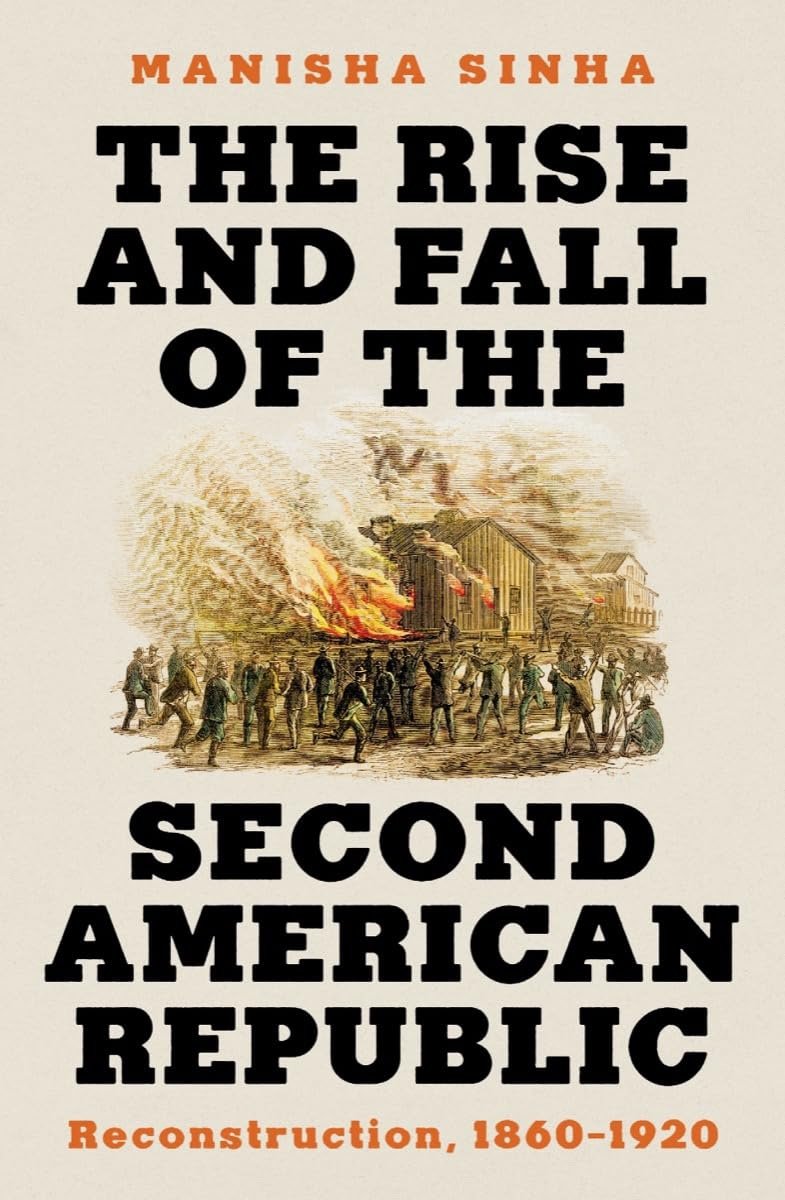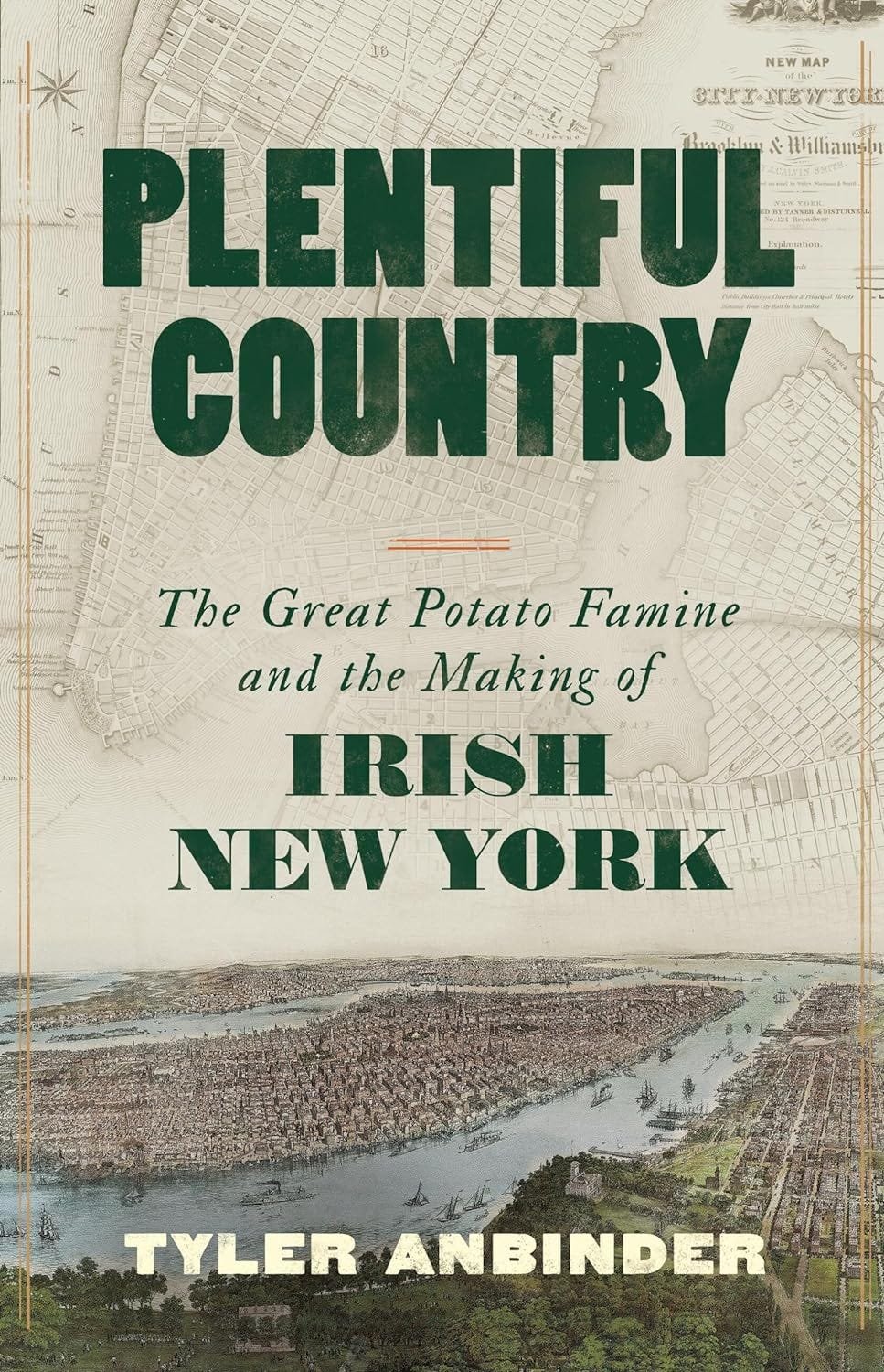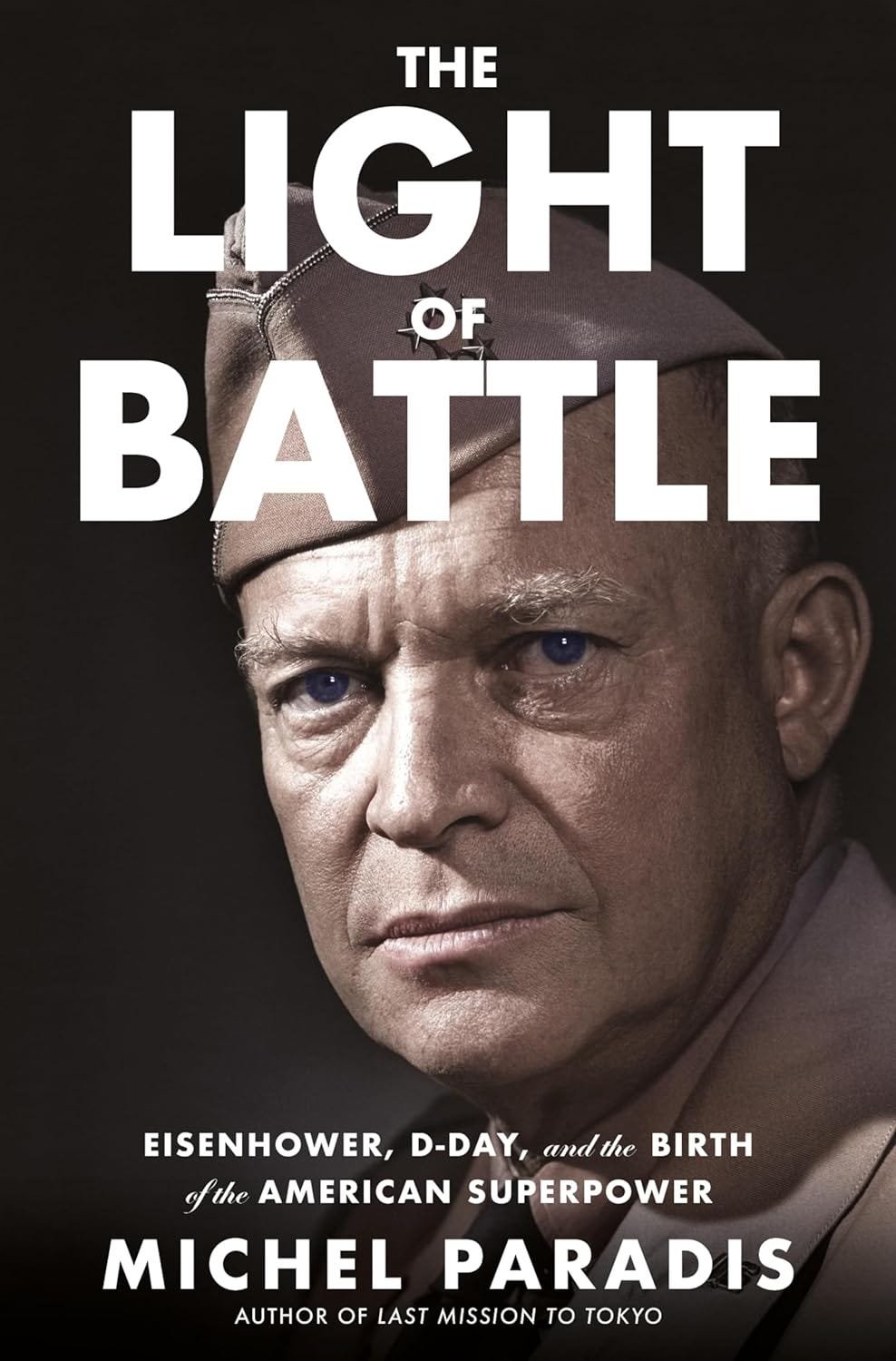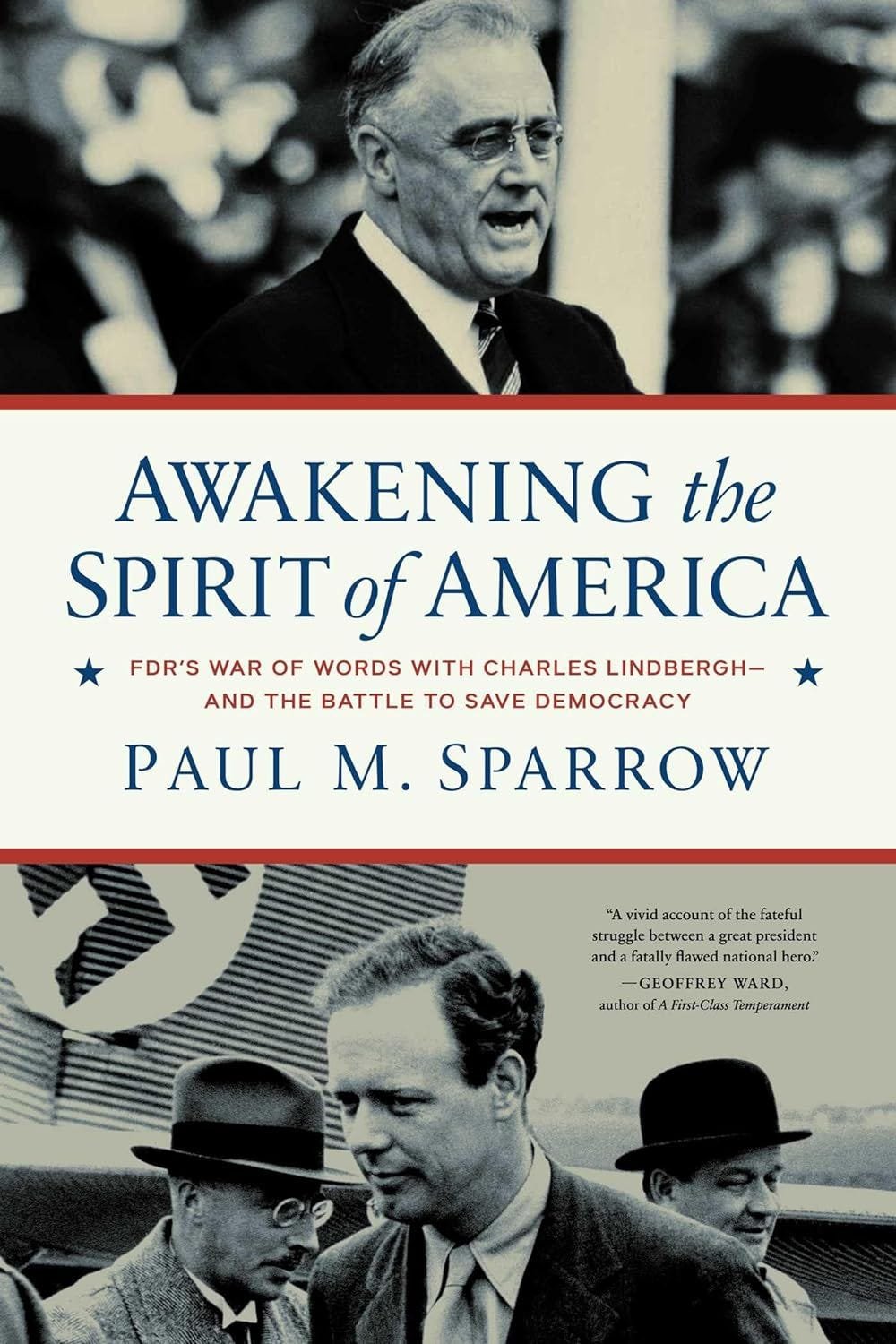Ode to the Library on First
April 2024 Imperfect Union
On April 24, 1800, President John Adams signed a bill to move the government from Philadelphia to Washington, D.C. In 1790, Congress passed the original bill establishing the city and planning the capital, but they had to actually execute the move a decade later. As part of the second bill, Congress appropriated $5,000 for a Capitol library.
As you probably know, in 1814, the British burned the U.S. Capitol (in retaliation for American forces burning York, the capital of Toronto). All of the existing books in the library were destroyed. Six months later, as part of the rebuilding efforts, Congress purchased Jefferson’s personal library - 6,487 volumes - for the the princely sum of $23,950. Jefferson began to immediately purchase books to replace his collection.
Sadly, on Christmas Eve, 1851, an accidental fire destroyed 35,000 books, including two-thirds of Jefferson’s original collection. To prevent a similar disaster in the future, the Architect of the capitol, Thomas U. Walter, built a new fireproof iron room for the Library. You can visit that room today.
In honor of the Library’s forthcoming 224th birthday, I wanted to share a few of my favorite bits and bobs. As a fellow at the Kluge Center last year, I got to spend quite a few hours wandering the halls (and frequently getting lost), researching, exploring treasures, and generally just admiring the jewel that is the Library. It’s the largest library in the world and has millions of documents, books, recordings, and more.
The main reading room is the most famous and with good reason. I took these pictures from one of the balconies, which aren’t open very often. They might look familiar, however, because scenes in the movie National Treasure were filmed here.
Each of the pillars has a different field of study, including geography, poetry, etc. Naturally, I gravitate to this one.
The windows have the coat of arms of each state etched in the stained glass. It’s a good reminder that the states are individual, but the Library is for everyone.
The Library has one of only a few remaining Gutenburg bibles. It’s in remarkable condition and available for any visitor to see in the main exhibit hall.
Few places in DC are better suited to holiday decorations.
Just an average hallway. Of course, there is nothing average about it, but I love that there was a time when our country spent money on a temple of learning and cared enough about the hallways to ensure they looked like this one.
Thomas Jefferson’s library is one of the permanent exhibits. It is an amazing circle full of books, all very old and some truly spectacular. Some are the originals, some are recreations, and some are the same edition but not the copy Jefferson owned. I’ve rarely seen an exhibit as well designed as this one. It brings you in but isn’t claustrophobic, and really showcases the size of the collection. It’s hard to describe, but it’s free to see, so add it to your list.
Perhaps one of my favorite parts of the whole library is this small section on a wall in the corner. There are lots of quotes and names etched on the walls of the library, but there are only a few women on the building (lots of books by women of course, but only a few on the walls). Here is one of the places with a female name.
The library began with the signatures and books of two book lovers. Over two centuries later, it remains. In the grand scheme of human history, I guess two centuries isn’t that long, but I’m awfully proud that our country keeps building it back up again, even when fires knock it down (although I would be ok with no more fires, please and thank you).
This photo essay is a bit out of the norm for me, but given the state of politics and the world in general, I thought it would be nice to focus on one of the things our country has gotten right. Happy reading.
Books:
Just a reminder: I haven’t read (or haven’t finished) the books below. They’ve caught my eye, but I’m not necessarily vouching for them. I share published reviews in the links below (as well as on Goodreads and in my Instagram stories - see book review highlights)
Currently Reading: The Rise and Fall of the Second American Republic: Reconstruction, 1860-1920 by Manisha Sinha (out now!)
Up Next: Plentiful Country: The Great Potato Famine and the Making of Irish New York by Tyler Anbinder (out now!)
Coming Soon: The Light of Battle: Eisenhower, D-Day, and the Birth of the American Superpower by Michel Paradis (June 4, 2024)
On the Horizon: Awakening the Spirit of America: FDR's War of Words With Charles Lindbergh—and the Battle to Save Democracy by Paul Sparrow (June 4, 2024)












